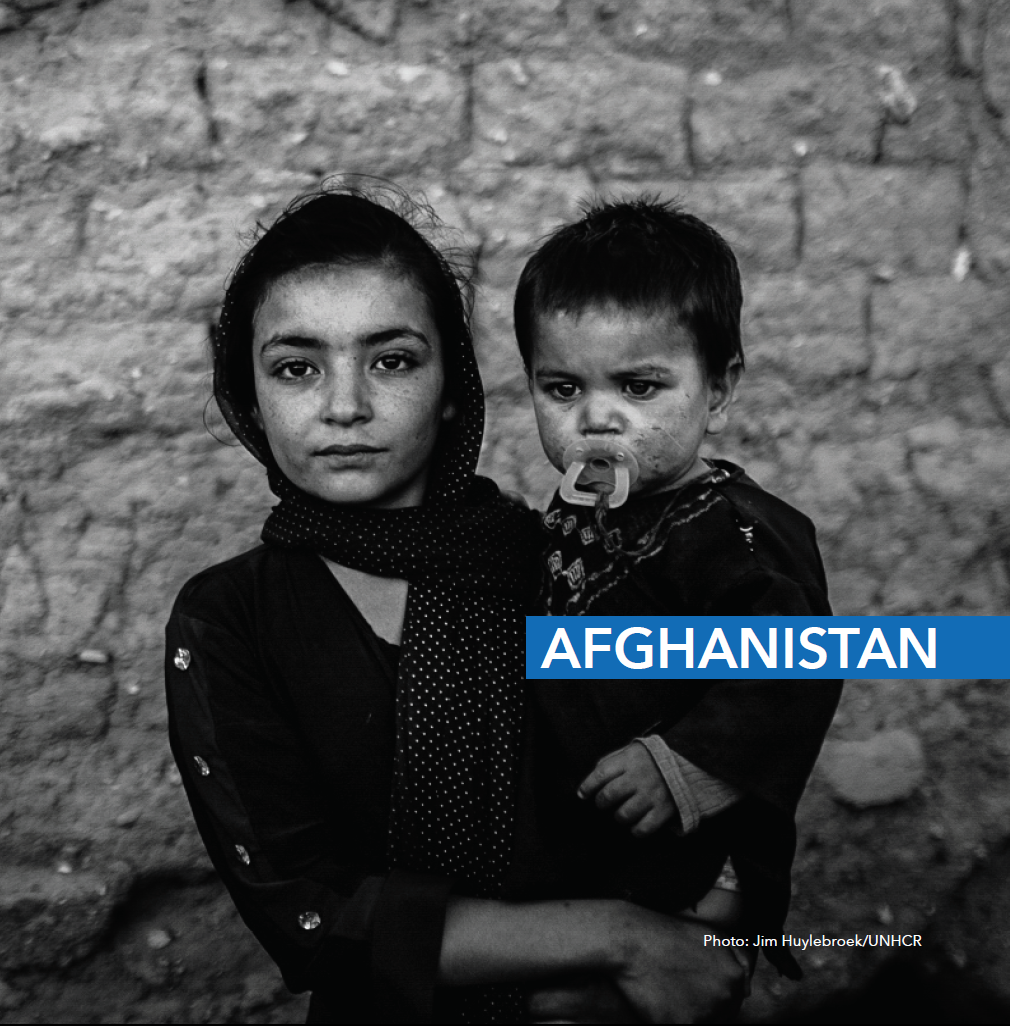UNOCHA / HUMANITARIAN NEEDS
Humanitarian needs overview in Afghanistan
Afghanistan is one of the world’s most complex humanitarian emergencies, characterised by escalating conflict, causing over one million people to be living in new and prolonged displacement.
In 2018, 3.3 million people will need life-saving assistance. Violations of international humanitarian and human rights law are commonplace, with frequent reports of summary executions, kidnappings, and attacks on civilian infrastructure. Between 2014 and 2016 there was a 110 percent increase in the number of healthcare facilities attacked and a 163 percent increase on healthcare facilities closed by parties to the conflict.
Civilian casualties are near highest levels seen . More than a third of these civilian casualties were women and children.
Amidst growing signs that what was once a low intensity conflict has now escalated into a war. Eighty conflict incidents were recorded each day between July and September in 2017 – the highest number in six years – and sixteen district administrative centres were attacked and taken over by the Taliban this year.
The intensification of the conflict, combined with a surge in sectarian violence in Kabul, has led to extremely high numbers of war wounded on both sides of the conflict.
Sustained levels of displacement combined with ongoing returnee influxes have also had a profound impact in parts of the country; overloading health facilities, schools, depressing labour wages and increasing rents.
Recent assessments indicate that more than a third of children have been exposed to psychological distress due to loss of family and community members, and the constant risk of death and injury.
Conflict affected and returnee populations are also more likely to utilise negative coping mechanisms such as early and forced marriage, child labour, and family separation. They are also likely to be exposed to domestic and sexual violence and, even secondary and multiple displacement.
After four decades of conflict, there are huge economic and development challenges in the country, which cannot be remedied by humanitarian aid. Approximately 39 percent of the population live below the poverty line, an estimated 10 million people have limited or no access to essential health services, and as many as 3.5 million children are out of school. Infant mortality rates are among the highest in the world at 70 per 1,000 live births, and Afghanistan remains one of only two countries globally where polio is endemic. Some 1.9 million people are severely food insecure, predominantly due to a lack of or limited access to sustainable job opportunities, while 40 percent of all children under the age of five are stunted. In total, the humanitarian community has identified that 8.7 million people have chronic needs which require longer-term systemic actions to address.


